Museum Musik Indonesia
Linking the Past, Present and Future of Music in Indonesia.


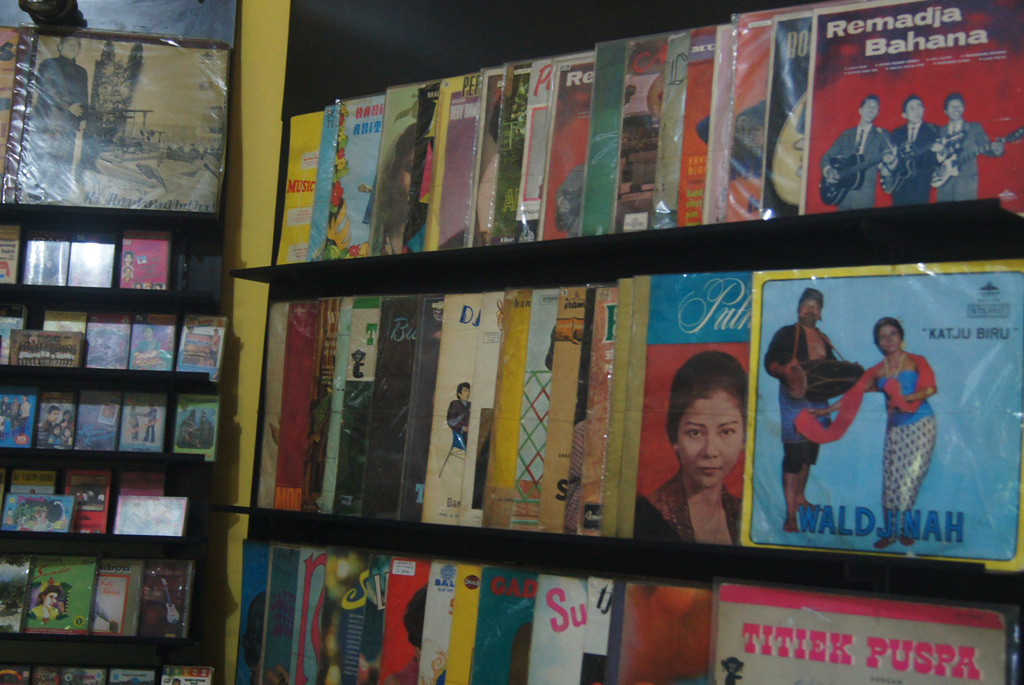
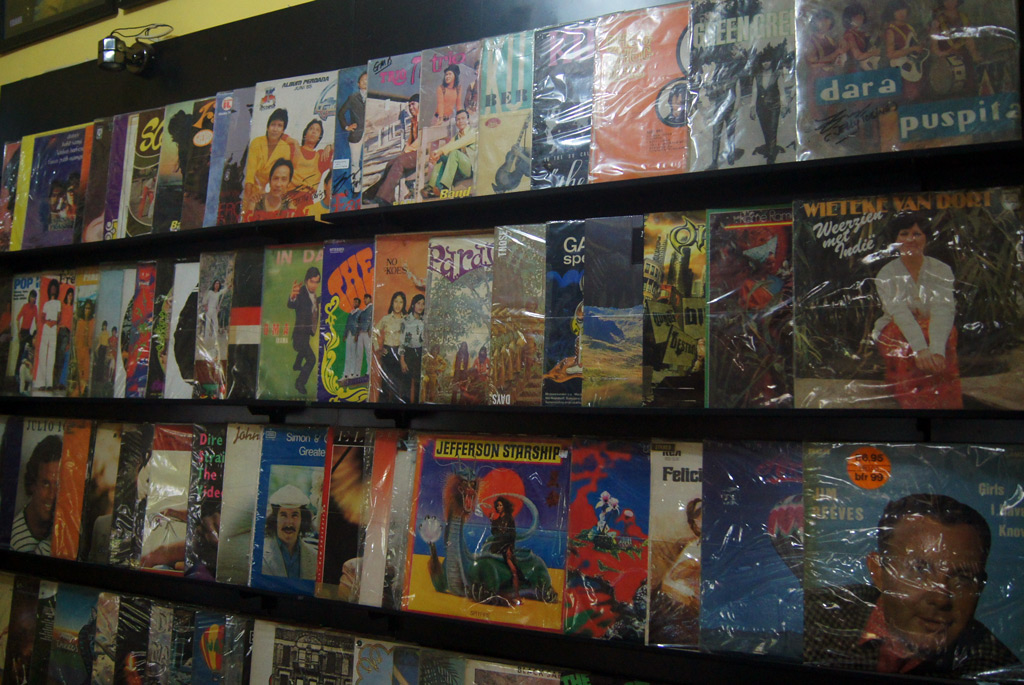

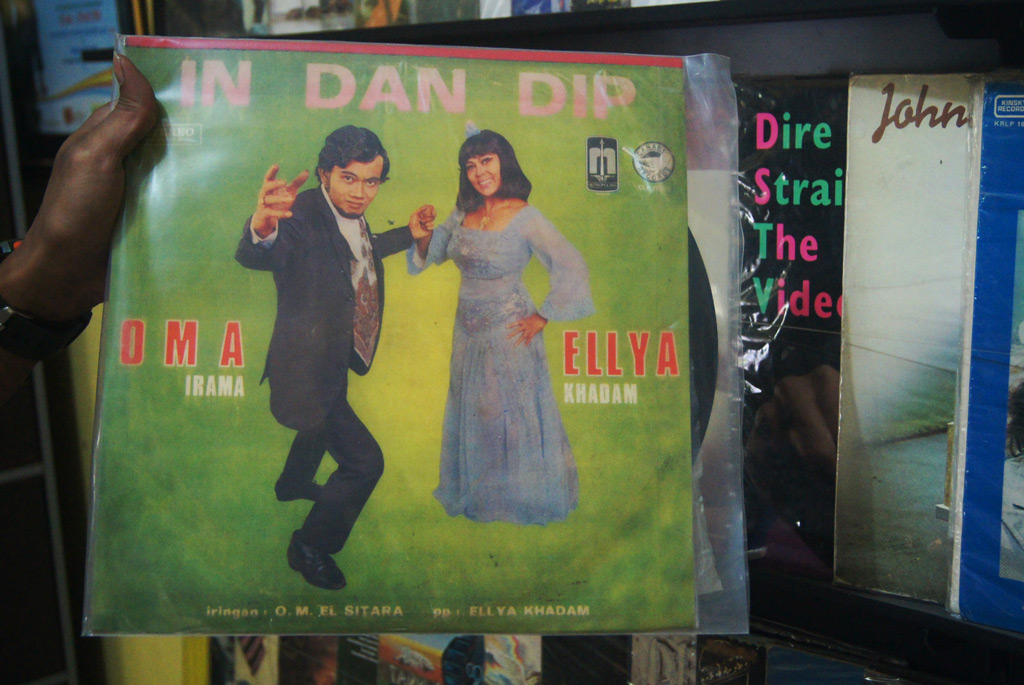

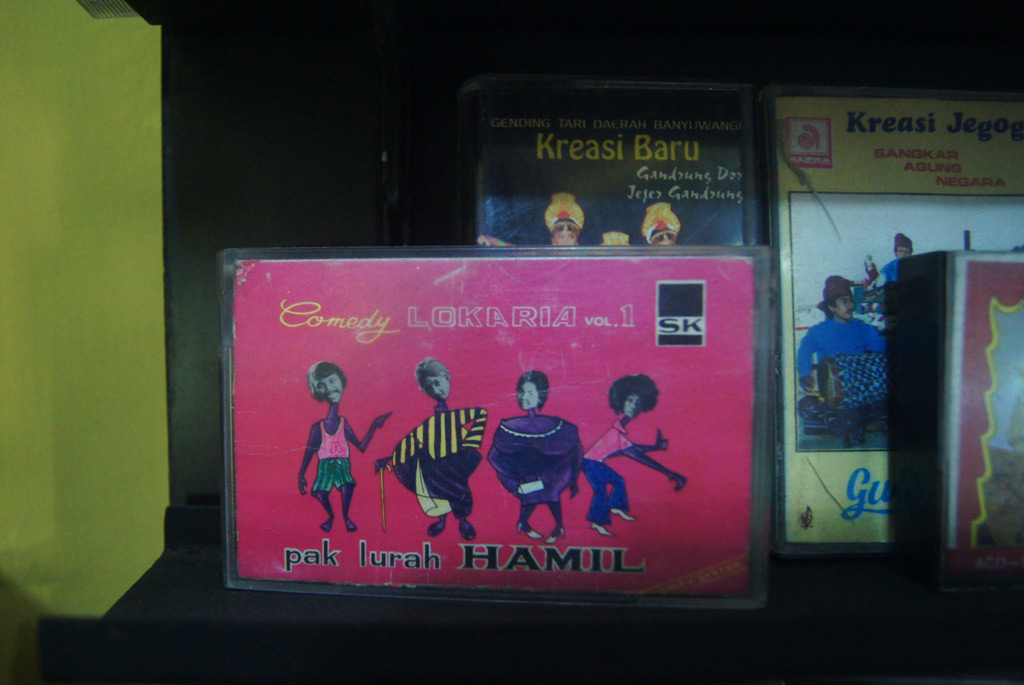
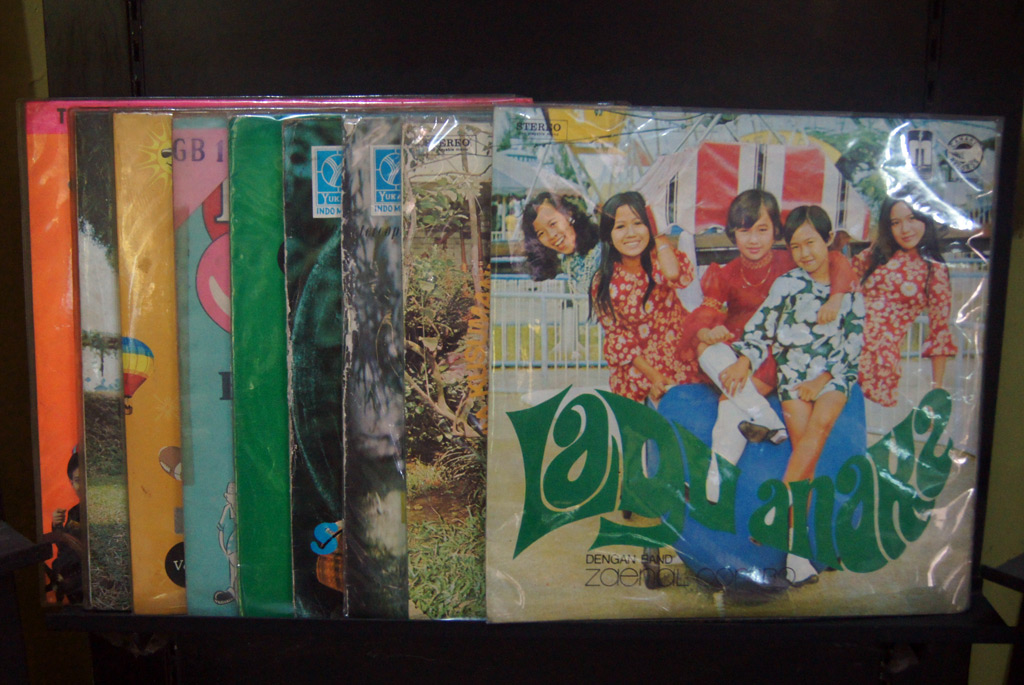

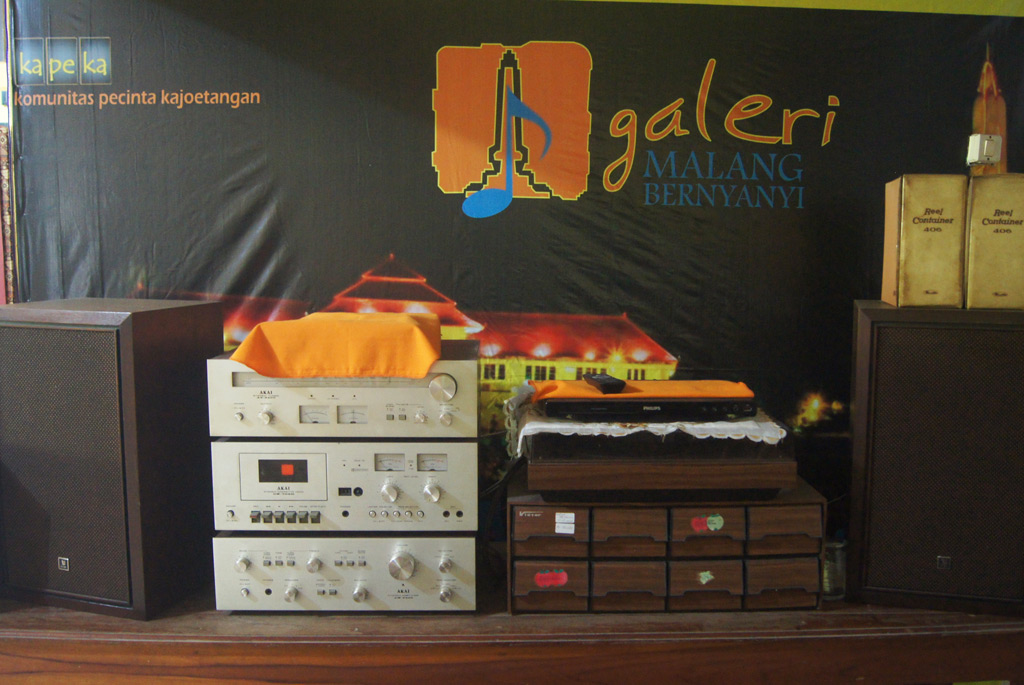
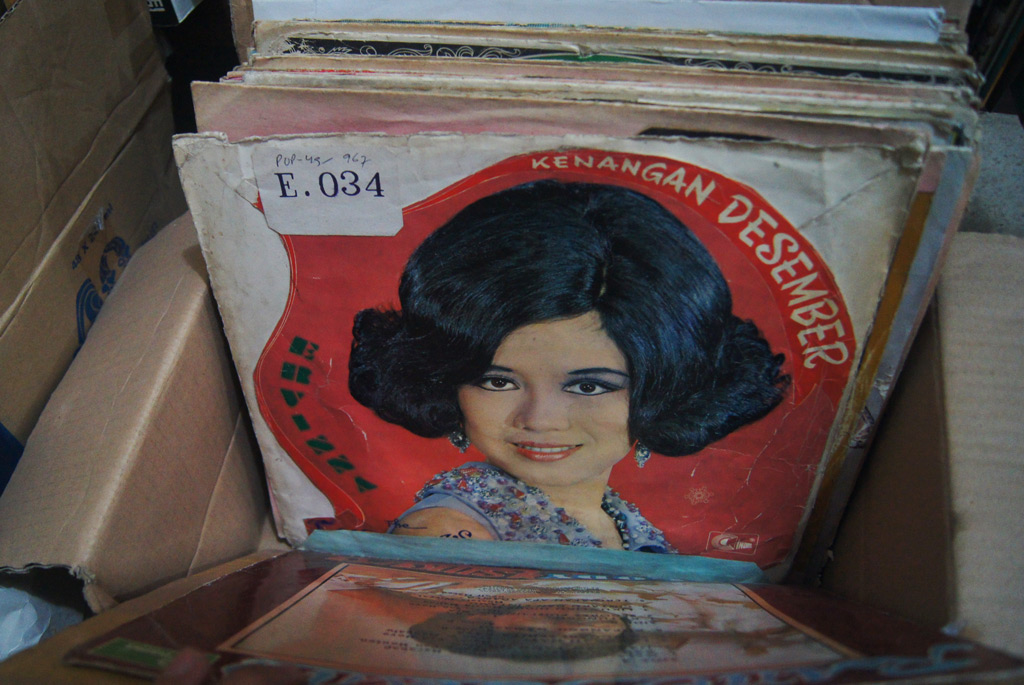
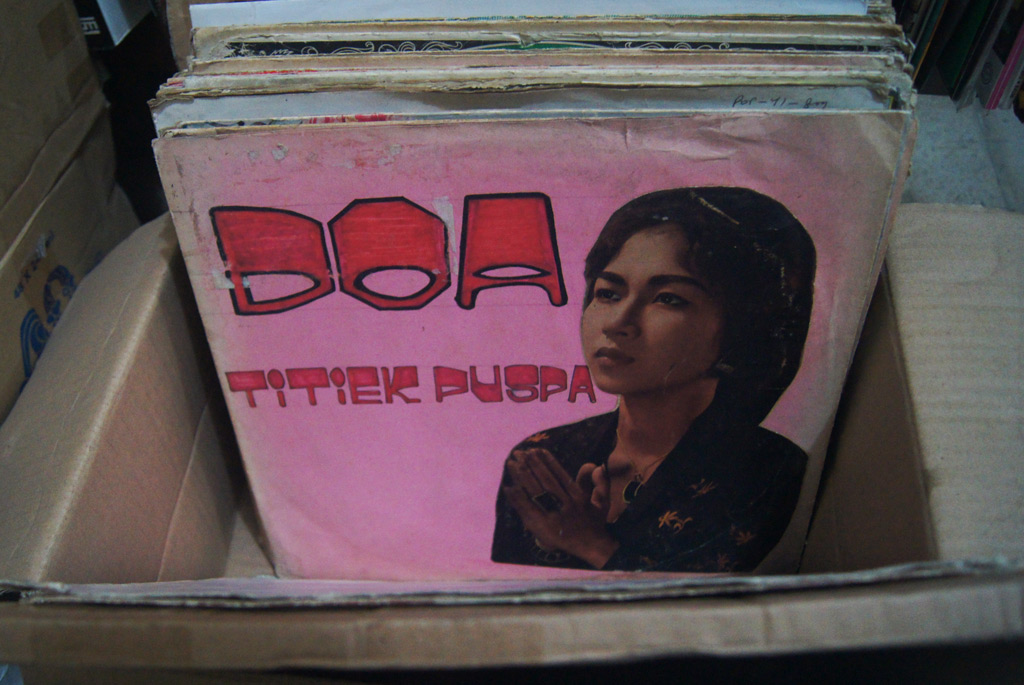
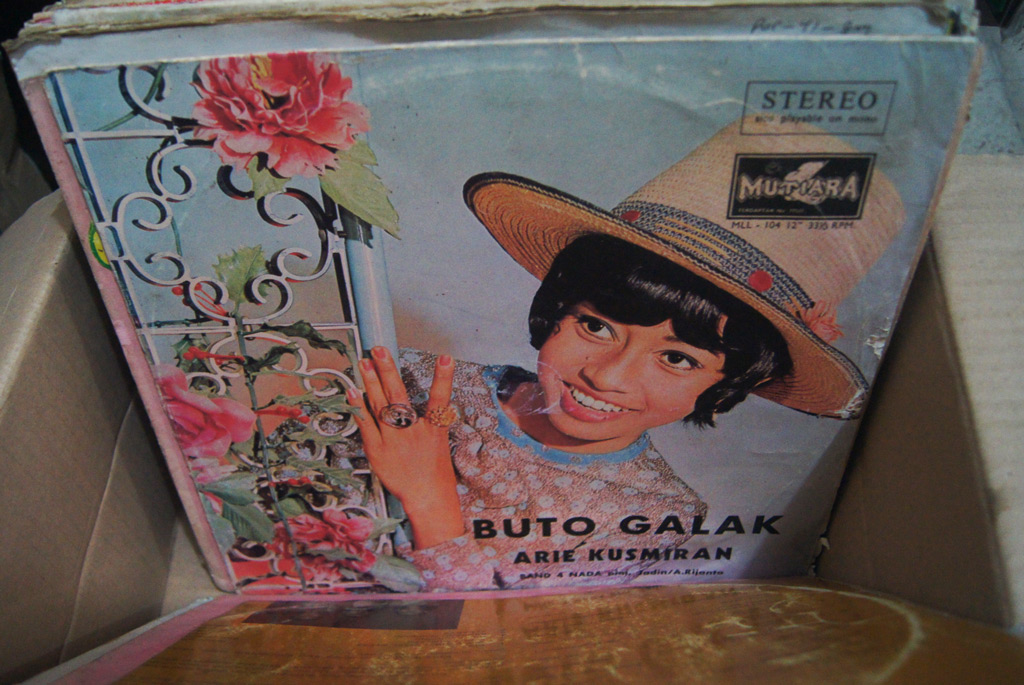
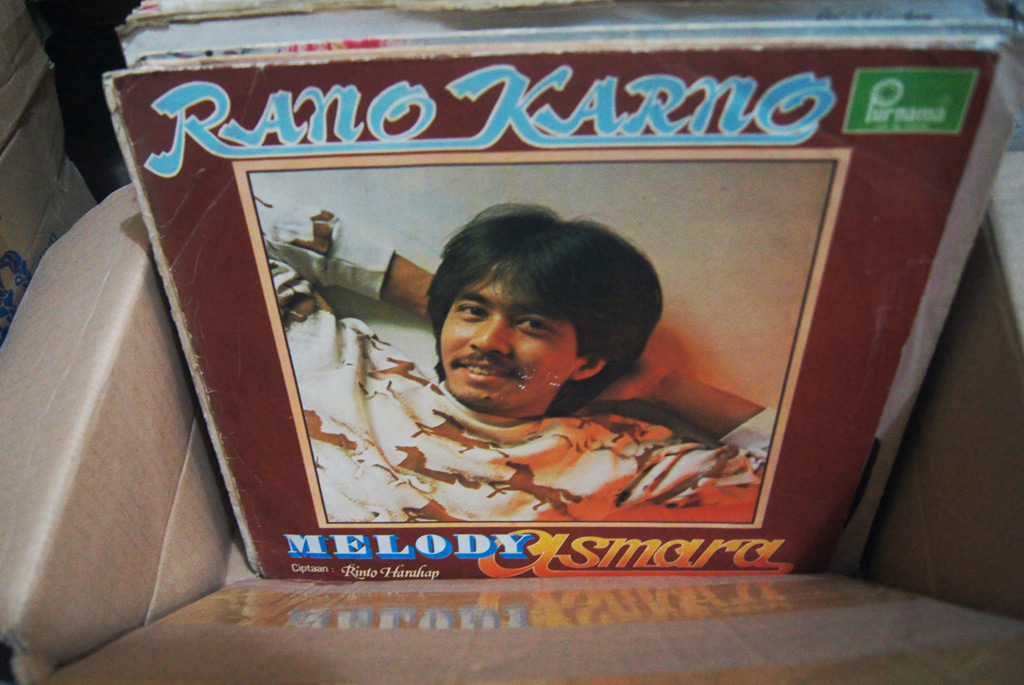
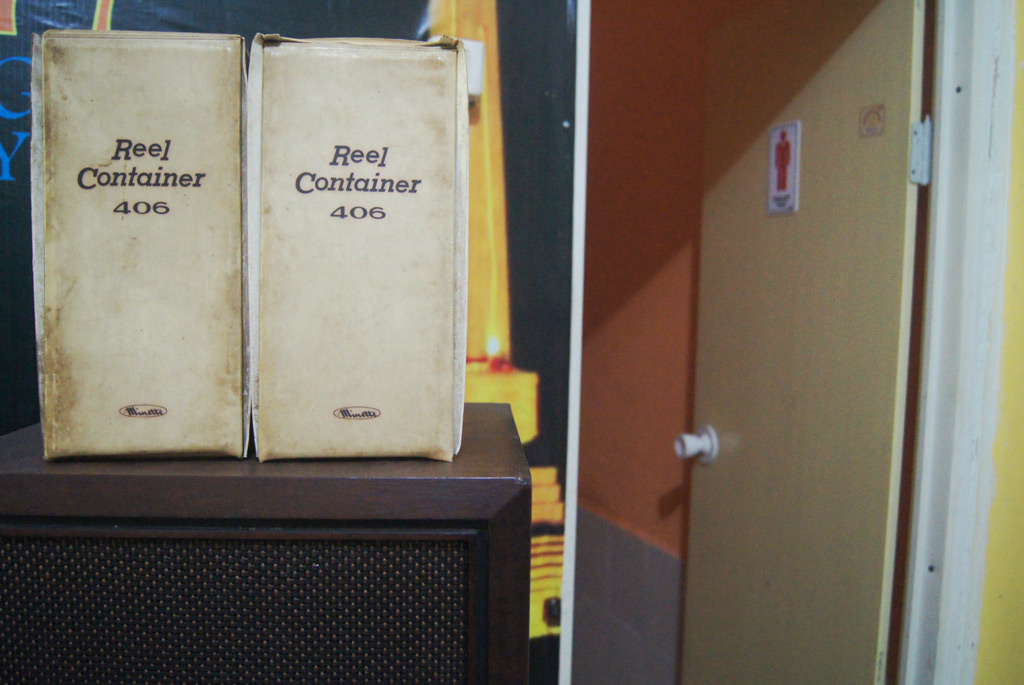

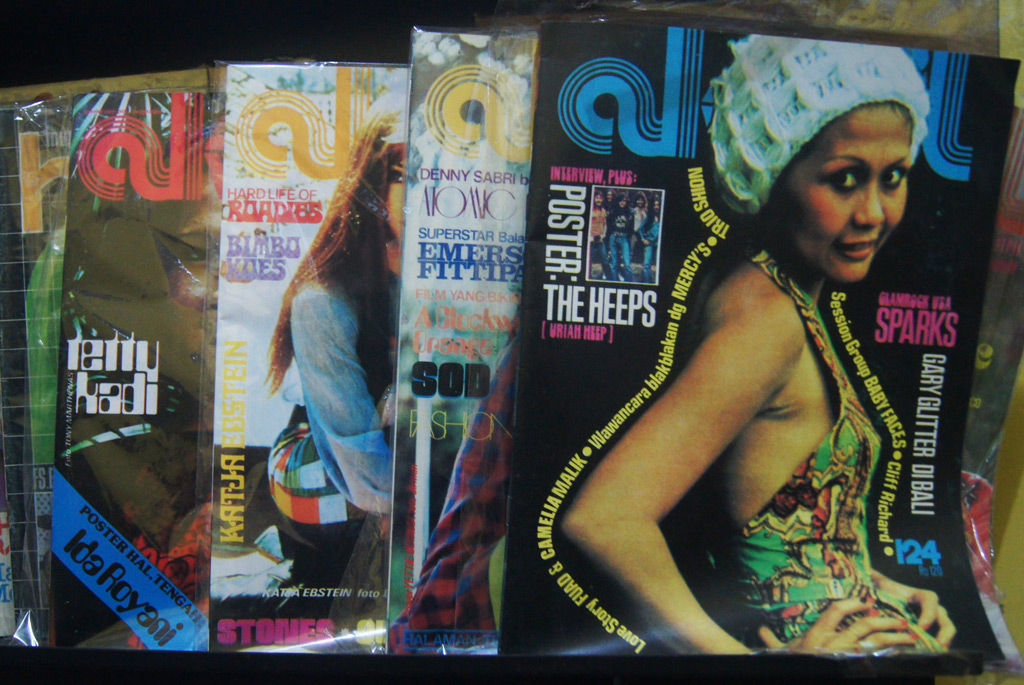
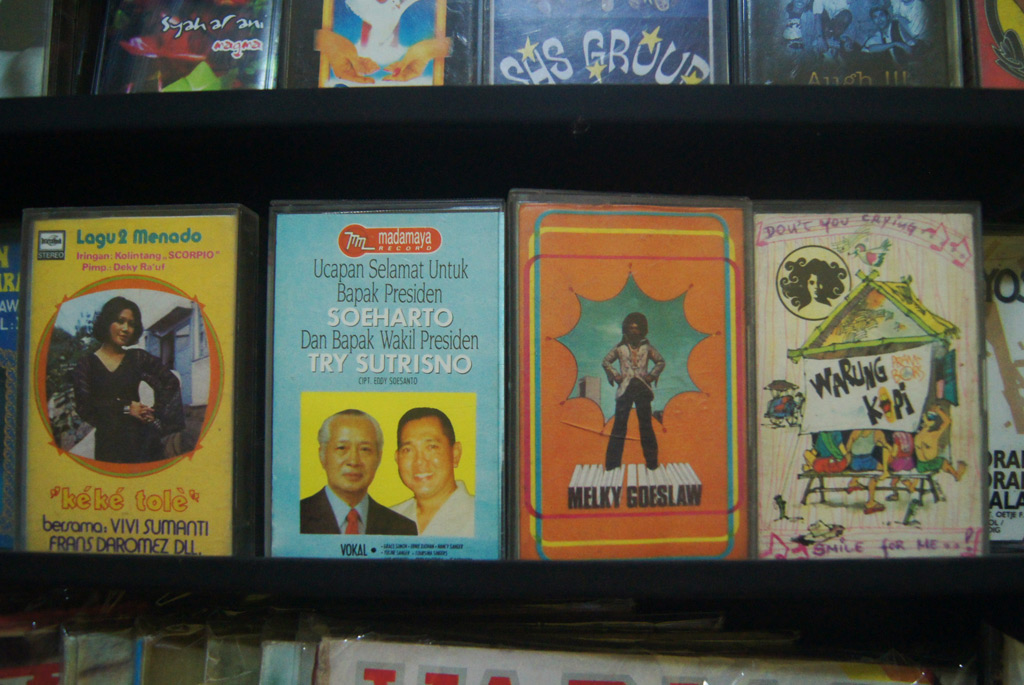
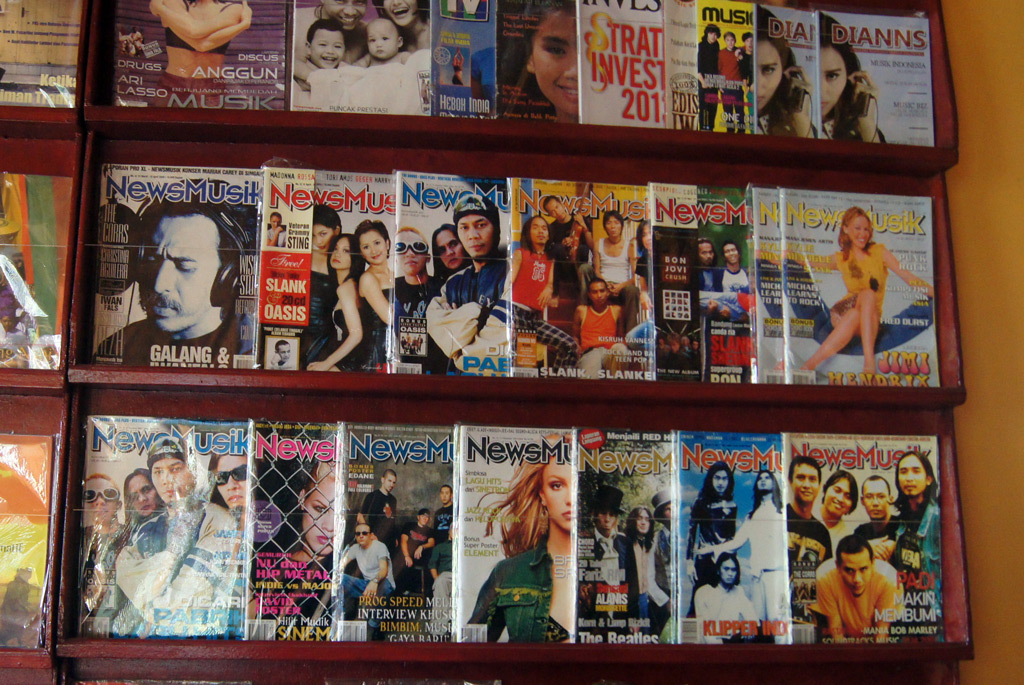


In the middle of her research regarding the effect of African-American spirituals into the musical mainstream not long after the Civil War, Aisha Johnson said, “Most of this generation does not know how to completely do this; the archivist has had to step in the digital wave and assist. I love that collections are online for users all over the world to access and increasing our ability to preserve materials. Despite digitization, there are a lot of people who just love to touch authentic materials and see the collections, so I don’t think we are going to completely get away from the material culture.”
Johnson’s sentiments are also shared by a group of people in Malang, East Java. Beginning as a personal garage library project by Henky, a former contributor of Aktuil Magazine (a legendary Indonesian music magazine from the 70’s), this collecting hobby then developed into a bigger venture: An Indonesian Music Museum. The idea to have a music library was shared by many of Henky’s friends, and so a community of music collectors called “Gallery Malang Bernyanyi” was soon established – this community was the seed of the Indonesian Music Museum.
The Indonesian Music Museum’s location of Griya Shanta housing in Malang, East Java, is an odd one. This kind of national building is usually found in big cities like Bandung and Jakarta. “This [location] is also a statement from us: sometimes Indonesia is far too centralized in Jakarta. By making this Indonesian Music Museum in Malang, we’d like to let people know that cities like Malang also contribute to Indonesia’s music history. Besides that, Malang is also one of the barometer for Indonesian music in the 70s.” Redi Eko Prasetyo, a representative of the Indonesian Music Museum explains.
Today, the Indonesian Music Museum is the residence of about 15,000 music-related merchandise – from CDs, cassettes, vinyl, magazines, to retro music posters. Most of its collection were donated by people who share the spirit of archiving. “We search every possible source to enrich the collection of this museum. We also visited music communities around Java, spreading the idea of archiving. We are happy to know there are other people who care about archiving, such as David Tarigan’s Irama Nusantara. Together we hope to be the catalyst of this spirit. Here in Indonesia, the awareness of the importance of archiving is really low. The same applies to local musicians – that is a problem we are trying to fix. Our main goal is to catalogue their record, we would like to keep our collection from being extinct.” says Redi.
This archiving effort can be seen in the museum. The shelves are filled with a good spread of music. The collection mostly has records from the 60s, 70s, and 80s, though there are also music from other eras. Known for their efforts, when a music group performs in the city, they would usually make the point to visit the museum not only to see the collection, but also to entrust their records to the museum. College student and researchers also visit sometimes to do research in the museum.
“There is a kind of magic in touching things. Actually, it’s not magic at all — it’s the chance to pay attention, which should be part of everyday existence, but which seems less and less central in our device-reliant, multiple-open-window lives.” Ann Power from NPR writes in her article “Holding Music History in Your Hands: Why Archives Matter”. Due to the rapid development of technology and media, our younger generation sometimes have no idea what this feeling is really like.
“We also aim to educate people to appreciate the music archive so that people know how music develops from one era to another. From how the cover art develop in time, to how the music content develop. With this museum, we hope that the younger generation understands that, and can see that development in our collections. That might sounds pointless to most people, but we feel that it is a decent duty for us” Redi explains. This commitment to education has already been applied in some of the museum’s program. They once had a G2000 project where they raised money to make vinyl paper covers to restore Lokananta’s vinyl collection. They also held a vinyl cleaning activity for the public, where they invited people to clean 1000 vinyl records.
Unfortunately, the museum does have it flaws such as the absence of a catalogue of the museum’s collection. Also, the collection’s system of archiving is a bit messy. “The problem is that we have too little human resources to do that. We started this museum as a non-profit organization – this museum is a public organization. We need people to also contribute in the development of this museum. We are still thriving on the archiving system. Right now, we are lacking in the curation and the filing process of our collection. To digitize our collection so that the catalogue is easier to be accessed is one of our goals. But to have that we need people to help us, so we really hope people will start getting involved in this museum. If there is any person who can help us with our computer system it will be highly appreciated.”
In Malang, most important music infrastructure such as music halls and venues are being demolished to build shopping malls, and with it, the history of Malang’s contribution to Indonesian music is slowly fading away. “The government doesn’t really care about the development of culture. Culture is still considered as an unimportant aspect of this country. They prioritize what will earn them money. That is why Lokananta is still struggling to survive until this day. It is really different from how the South Korean government treat their culture. They embrace it, the culture became the main focus in developing the country. By doing that, they are are improving their economy. We should look up to that.” Redi ends.











